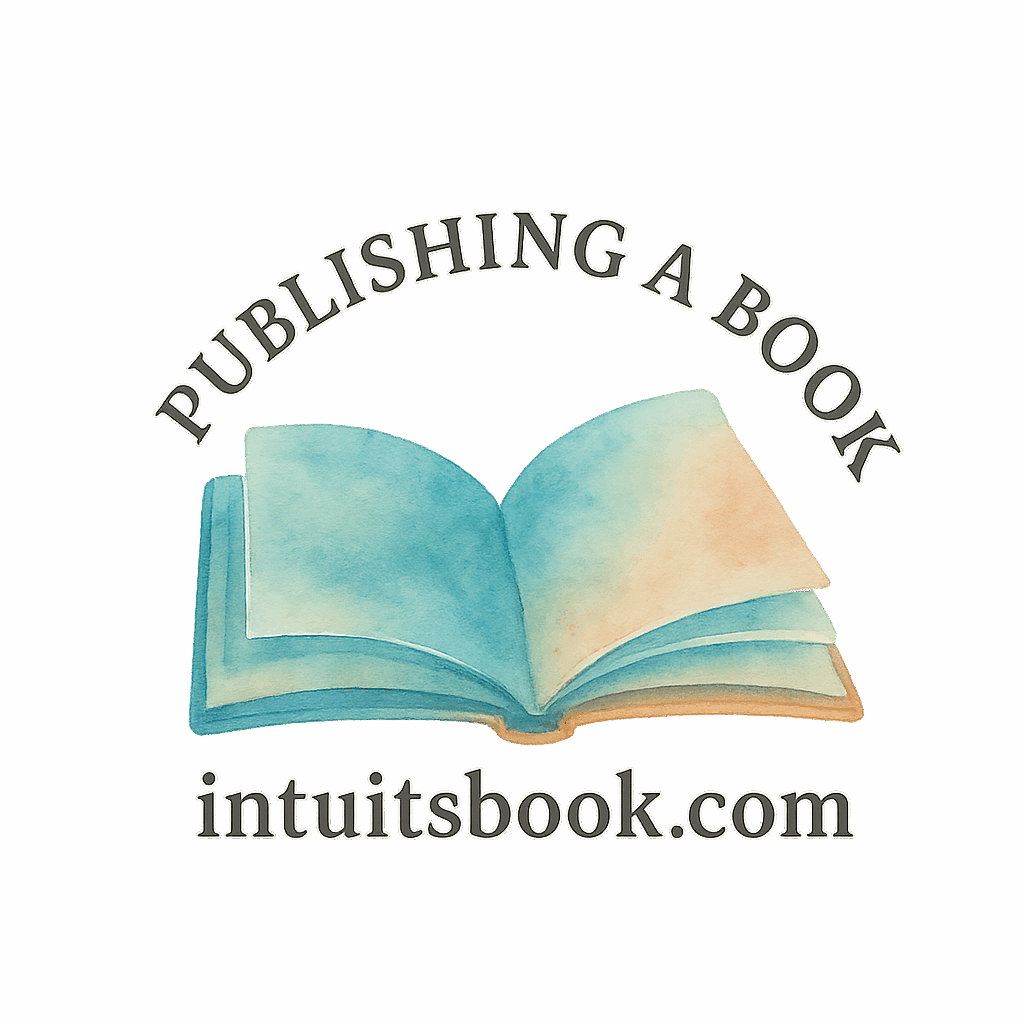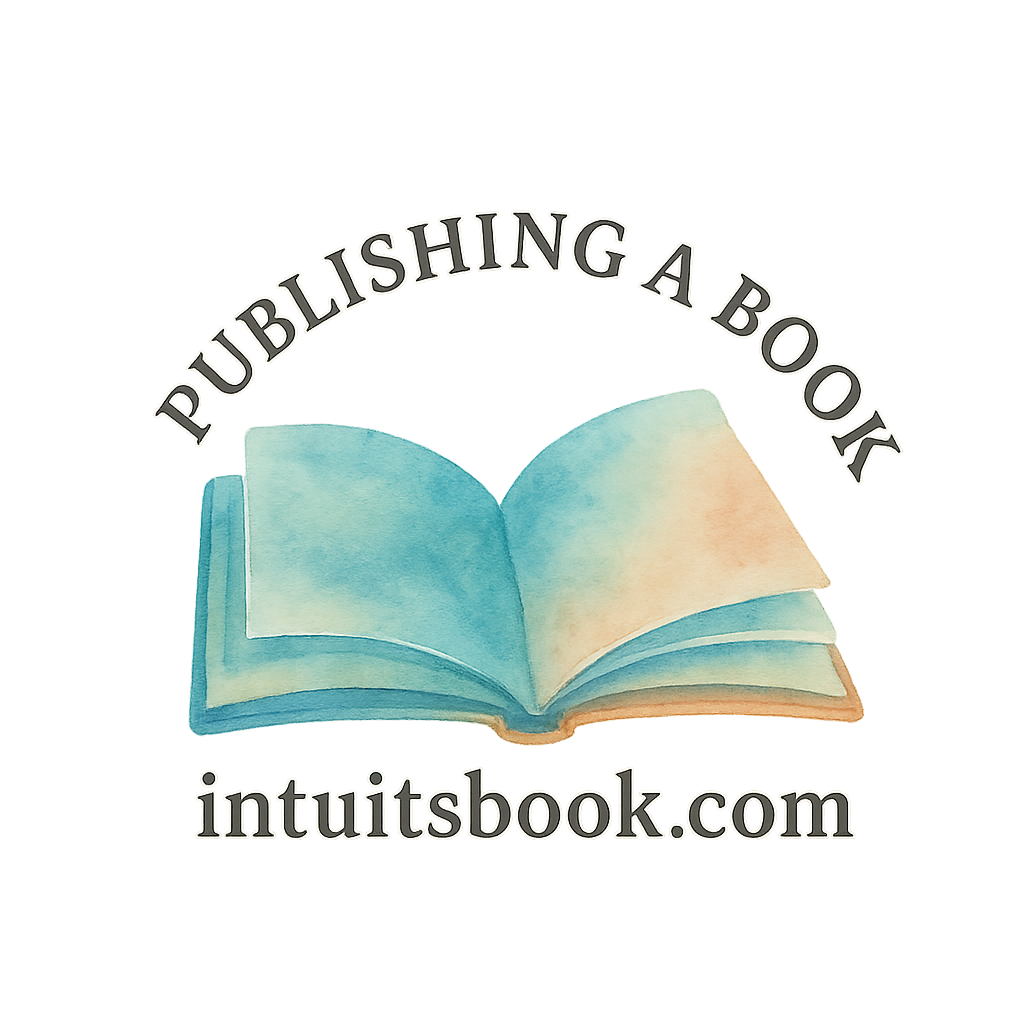Introduction to Self-Publishing
Thinking about self-publishing a book? You’re not alone. In the last decade, thousands of writers have turned to independent publishing as a real and rewarding alternative to traditional publishing. It’s empowering, yes—but it’s not without its challenges. If you’re weighing your options, this deep dive into the 7 pros and cons of self-publishing a book is your perfect starting point.
What is Self-Publishing?
Self-publishing means you, the author, take full control of your book’s production, distribution, and promotion—without relying on a traditional publisher. Platforms like Amazon Kindle Direct Publishing (KDP), Draft2Digital, and IngramSpark have made it easier than ever to publish your work globally.
Want to explore the steps of writing and publishing a book? Visit the Writing Process page on Intuitsbook.
Why Authors Choose Self-Publishing
Freedom and Control
Self-publishing allows writers to control every detail—content, cover design, pricing, distribution, and more. It’s your book, your way.
Faster Time to Market
Traditional publishing can take 1–2 years. Self-publishing? You could publish tomorrow.
Accessibility for New Authors
You don’t need an agent or a fancy publishing deal. You just need a book idea, a draft, and the willingness to learn.
7 Pros of Self-Publishing a Book
Let’s begin with the benefits—because there are quite a few.
1. Creative Control Over Your Work
No Gatekeepers
You decide what goes in the book—no editorial board or publishing house altering your voice.
Personalized Book Design
Want to choose your own cover designer? Or format the inside pages a certain way? With self-publishing, it’s entirely up to you.
Explore creative tools on our Author Tools tag page.
2. Higher Royalties and Profits
Keep More of Your Earnings
Traditional publishers might offer 10–15% royalties. Self-publishing platforms like Amazon offer up to 70%.
No Middlemen Taking Cuts
Since you handle production and sales directly, you avoid the middle layers of publishers and agents.
Want to dive into more author career opportunities? Visit Author Career.
3. Faster Publishing Timeline
Once your manuscript is ready, self-publishing platforms allow you to publish within days. That’s powerful, especially for timely topics.

4. Full Ownership of Your Rights
You retain all copyrights and intellectual property. Traditional publishing often involves signing away rights.
Learn how to protect your work with the right manuscript steps.
5. Niche Targeting and Flexibility
You can tailor your book to a specific audience without worrying about mass-market appeal. Want to write a fantasy-horror-romance for left-handed werewolves? Go for it!
Explore niche strategies at our Independent Author hub.
6. Global Distribution Access
With platforms like Amazon, Apple Books, Kobo, and others, your book can be available in over 190 countries instantly.
Check out how global book publishing works at our Book Publishing tag page.
7. Opportunities to Learn Publishing Skills
Self-publishing forces you to learn editing, formatting, cover design, marketing, and more. It’s a crash course in publishing—perfect for ambitious authors.
Want to learn to publish like a pro? Visit Learn to Publish.
7 Cons of Self-Publishing a Book
Let’s flip the coin. It’s not all smooth sailing—self-publishing comes with its own set of hurdles.
1. Upfront Costs and Investment
Hiring editors, cover designers, and marketers costs money. You may spend hundreds—or even thousands—before making a dime.
Get budget tips from our Free Marketing tag.
2. Limited Access to Traditional Bookstores
Most big-name bookstores work directly with traditional publishers. That means your indie book may not show up on shelves.
3. Time-Consuming Marketing Responsibilities
You’re Your Own Publicist
No PR team. No marketing department. It’s all on you—social media, ads, outreach, everything.
Mastering Author Tools
You’ll need to learn SEO, email marketing, and book promotion tactics.
Our Book Marketing and Book Promotion pages are great places to start.
4. No Professional Validation or Endorsements
Traditional publishers serve as a kind of filter for quality. Without that, readers might question the legitimacy of your book.
5. Lower Visibility and Credibility
Self-published authors often struggle to get media coverage, reviews, and awards.
6. Need to Learn the Whole Publishing Process
From formatting your book to understanding ISBNs and pricing—there’s a lot to learn.
New to this? Start with our New Author section or Publishing Courses.
7. Difficulty in Securing Reviews and Media
Without a big name behind you, getting noticed by media outlets or review sites can be tough.
Learn publishing hacks at Publishing Hacks.
Balancing the Pros and Cons
It’s not about one being better than the other—it’s about what suits your goals, budget, and timeline.
Is Self-Publishing Right for You?
Self-Publishing vs Traditional Publishing
Traditional publishing offers prestige, editorial support, and access. Self-publishing offers speed, freedom, and profit.
Explore the Self-Publishing and Traditional Publishing pages for more insights.
Ask Yourself These Questions
- Do I want creative control?
- Am I willing to handle marketing?
- Can I invest time (and some money) into learning the ropes?
- Do I want to publish fast?
If you answered “yes” to most of these, self-publishing might be your jam.
Final Thoughts
Self-publishing isn’t a shortcut—it’s a different road. It requires grit, learning, and hustle. But it also gives you freedom, rewards, and the satisfaction of building your own author brand.
Conclusion
The decision to self-publish a book is personal and strategic. By understanding both the upsides and downsides, you’re better equipped to make a confident choice that aligns with your vision as an author. Whether you’re just shaping a book idea or preparing to publish your book, owning your journey is what really counts.
FAQs
1. Is self-publishing worth it in 2025?
Absolutely—if you’re willing to put in the work. Many authors are making a full-time income through self-publishing today.
2. How much does it cost to self-publish a book?
Costs vary, but expect to spend anywhere from $200 to $2,000 depending on editing, design, and marketing.
3. Can I make money self-publishing?
Yes! Many indie authors earn more per book than traditionally published ones—thanks to higher royalty rates.
4. Do I need an ISBN to self-publish?
Most platforms offer a free ISBN, but if you want to retain full control and distribution, consider buying your own.
5. How do I market my self-published book?
Use social media, email newsletters, Amazon ads, and content marketing. See our book marketing page for more.
6. What is the biggest challenge of self-publishing?
Marketing and visibility. Without a publishing house, you’re responsible for gaining readers’ attention.
7. Where can I learn more about publishing my first book?
Visit IntuitsBook’s Learn to Publish section for resources, courses, and support.


